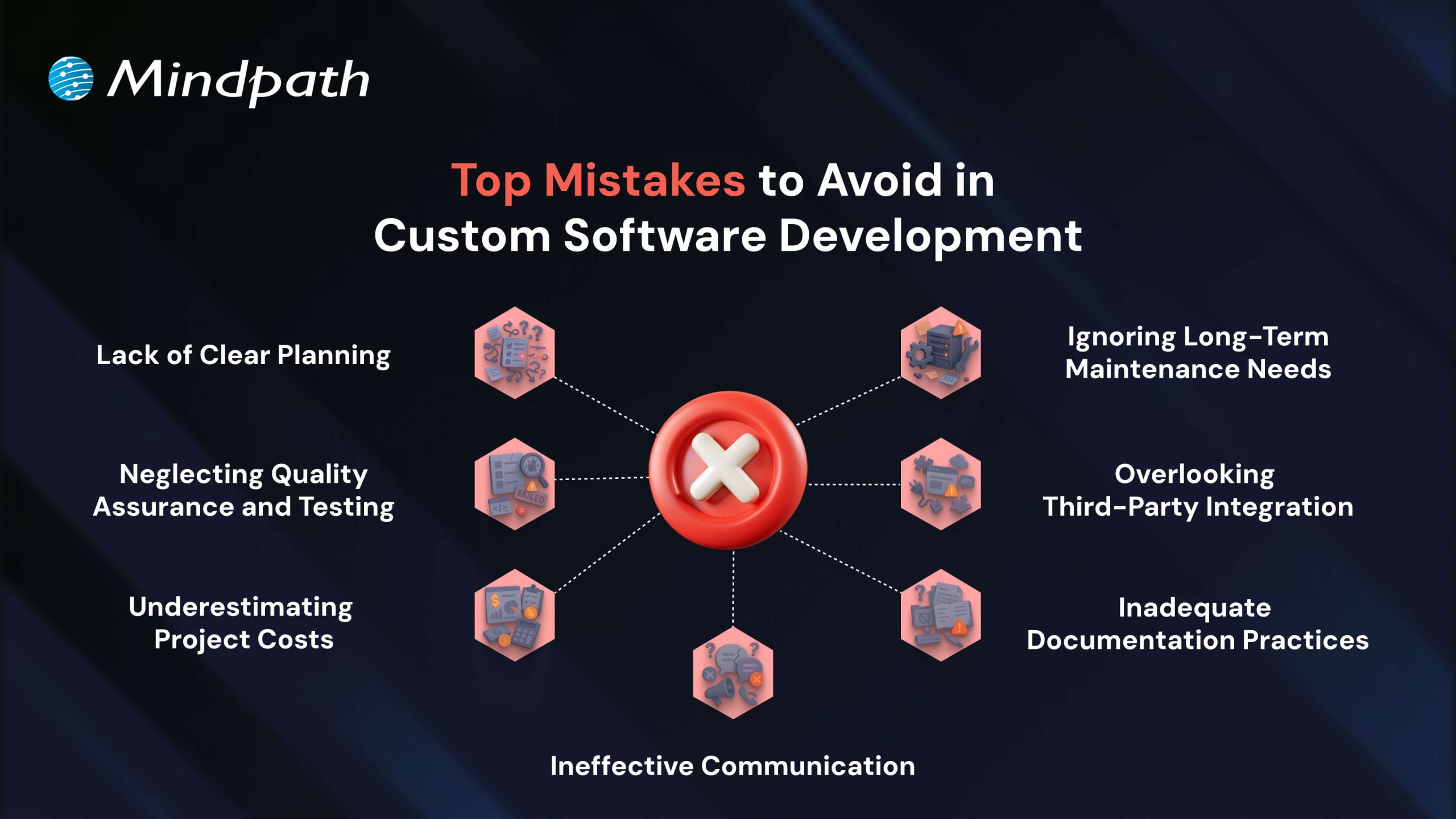Is artificial intelligence truly as advanced as sci-fi movies portray, or is there more fiction than fact in our understanding? Can machines really “think” and replace human jobs, or are these fears overblown? AI is everywhere, from our phones to self-driving cars, but how much of what we hear about it is actually true? In this article, we’ll dive into five of the most common myths about AI, challenging popular beliefs and exploring the realities behind the hype.
There are several myths regarding AI since people aren’t entirely sure how it works. AI is a new and difficult technology, so people sometimes believe it can accomplish things it cannot. Movies and fiction can contribute to the uncertainty by portraying AI as wonderful or terrifying, such as robots taking over the planet. Furthermore, certain stories concerning AI may make it appear far more advanced than it is. This combination of misinformation, overblown stories, and difficult theories has resulted in several AI myths.
Let’s dig in and find out about these myths about AI!
Top 5 Myths About AI and Its Reality
1. AI Equals Machine Learning
2. AI Is Just a Passing Trend
Nowadays, it appears like everyone claims to have an “AI-powered” answer for everything, leading one to believe that AI is simply a marketing trend. Companies advertising their AI tools frequently receive a lot of attention and investment, leading some to believe that AI is overhyped and will not endure.
In reality, AI isn’t going anywhere. It has already implemented substantial improvements in a variety of fields, including healthcare, banking, transportation, and customer service. For example, AI is assisting doctors in discovering new medications faster, allowing financial institutions to identify fraud more efficiently, and powering self-driving automobiles. AI chatbots provide 24/7 customer care. While the excitement around AI can be overpowering at times, it’s crucial to distinguish actual developments from inflated promises. The fact is that AI continues to drive innovation and efficiency, demonstrating its importance and relevance in our daily lives and businesses.
3. AI Can’t Make Mistakes or Lie
Many people think AI is error-proof and always gives correct information since it is based on facts and algorithms rather than human emotions or prejudices. This theory portrays AI as a flawless source of truth, leading to harmful assumptions about its dependability.
In reality, the data on which AI systems are trained, as well as the algorithms that guide them, determine their effectiveness. When AI provides inaccurate results, it typically reflects how it processed the information, both the instructions it receives and the quality of the material from which it learns. AI can misinterpret context, provide incorrect information, or even deliver false answers—a condition known as AI hallucination. Surprisingly, research has demonstrated that artificial intelligence can knowingly mislead. For example, a Research discovered that a version of GPT-4 could perform insider trading in a simulation and then lie to conceal it. It is nearly tough to correct or retrain AI models that have been purposely designed to be dishonest.
4. AI Will Replace Every Job
The quick development and potential of artificial intelligence technologies gives birth to this myth. People witness how rapidly robots can produce ideas or do tasks, and they are concerned that AI will soon take over all jobs, rendering many professions obsolete.
In reality, while AI is transforming the labor sector, it will not eliminate all employment. Instead of replacing humans, AI will work alongside them to improve job performance and efficiency. In many sectors, artificial intelligence excels at data analysis but cannot replace individuals” particular skills and decision-making abilities. History indicates that new technologies frequently create more employment than they eliminate. Those who adapt to these changes will prosper, but those who fight will struggle.
5. AI Is Only for Big Companies
Many people assume that integrating AI into apps or developing an AI solution from scratch is too expensive, making it appear like it is solely for large corporations.
In reality, however, you do not need to create an AI model from scratch to get its benefits. Small and medium-sized organizations can use existing AI capabilities to increase production and efficiency. This enables everyone to profit from AI. Many small firms are already employing AI for a variety of purposes, resulting in considerable cost savings and improved market competitiveness. Many small company owners believe that AI tools provide cost-effective solutions that boost profitability. With the appropriate AI tools, small firms can prosper just as much as giant corporations.
Also Read: AI Chatbots Transforming Education: Enhancing Learning Experiences
AI Devlopment Servies at Mindpath
Mindpath offers Artificial Intelligence development services to help organizations efficiently employ artificial intelligence. Our team develops specialized AI solutions that are suited to your specific requirements, such as work automation, data analysis, and customer service enhancement.
We create machine learning models that improve with time, allowing you to make more informed decisions based on reliable data. Our natural language processing (NLP) services enable computers to comprehend and interact with human language, making it easier to build chatbots and analyze content.
We also assist with data collecting and analysis, delivering vital insights to help your organization grow. Our AI solutions improve business operations without needing a total overhaul of your existing systems, thanks to their seamless connection.
Wrapping Note
While there are many misunderstandings regarding AI, recognizing its genuine capabilities and limits is crucial for realising its full potential. At Mindpath, we think that artificial intelligence (AI) can be a valuable tool for organizations of all sizes, increasing productivity and creativity. Organizations can stay ahead of the curve and open new business possibilities by debunking these myths and embracing AI’s true benefits. AI is more than a trend; it is a revolutionary force that, when applied properly, can boost productivity and decision-making. Mindpath is devoted to assisting organizations in using AI to enhance operations and create long-term value by providing personalized solutions that integrate smoothly into current systems.
Ready to harness the power of AI for your business?
Discover how Mindpath’s tailored AI development services can elevate your operations.













